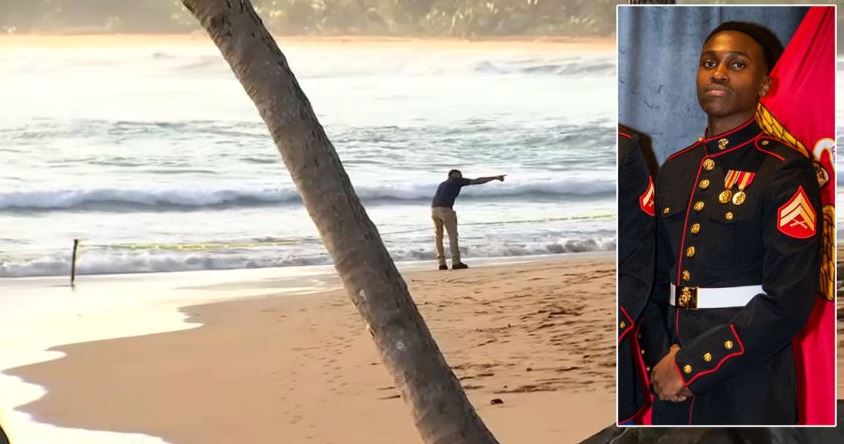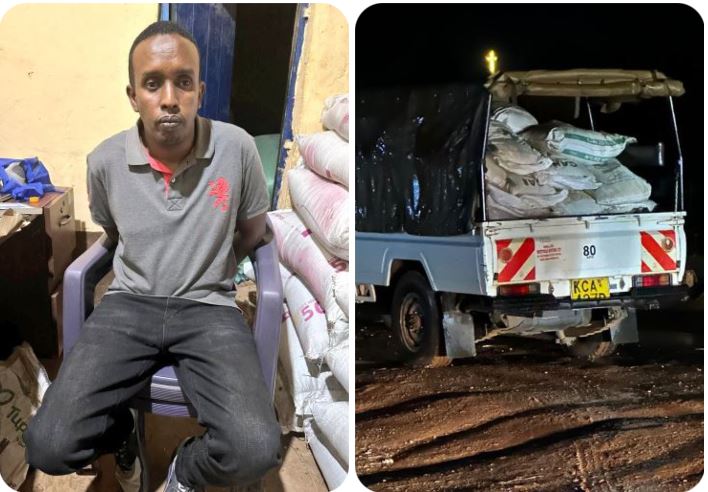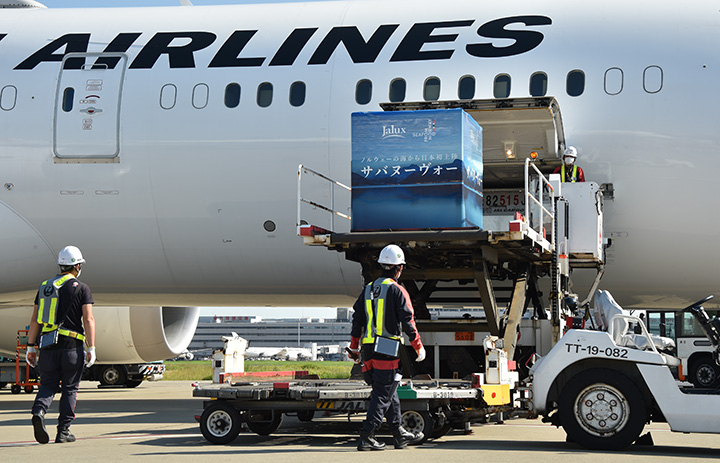A nationwide study from the U.S. Centers for Disease Control and Prevention (CDC) is the first to show that immunity against severe COVID-19 disease begins to wane 4 months after receipt of the third dose of an mRNA vaccine (Pfizer or Moderna). Waning immunity was observed during both the Delta and Omicron variant waves in similar fashion to how mRNA vaccine effectiveness wanes after a second dose. Although protection decreased with time, a third dose was still highly effective at preventing severe illness with COVID-19.
Until this study, little was known about durability of protection following three doses, especially during periods of Delta or Omicron predominance in the U.S.
“The mRNA vaccines, including the booster shot, are very effective, but effectiveness declines over time. Our findings suggest that additional doses may be necessary to maintain protection against COVID-19, especially for high-risk populations,” said study co-author Brian Dixon, PhD, MPA, Regenstrief Institute and Indiana University Richard M. Fairbanks School of Public Health director of public health informatics. “We also found that people who are Hispanic or Black are half as likely to have a third vaccine dose than people who are white, making people who are Hispanic or Black more vulnerable to severe COVID and highlighting the need for public health officials to double down on efforts to protect these vulnerable populations.”
According to a CDC dashboard, as of February 8, 2022, among Americans 65 years or older who received a booster dose: 72.3 percent were people who are white, 8.9 percent were people who are Hispanic, and 7.6 percent were people who are Black. The rates among people who are Black or Hispanic are lower than the proportion of those groups with two doses, and these proportions are lower than the percentage of the U.S. population composed of people from those groups, indicating disparities in who has received third doses in the U.S. In the last two weeks, however, higher rates of vaccination have been observed among these minority groups (16.9 percent of recent boosters are among people who are Hispanic; 12.7 percent of recent boosters are among people who are Black). In the study, among patients who are white in the ED/UC, 12 percent had received a third dose compared to 7 percent of patients who are Hispanic and 6 percent of patients who are Black. Similar disparities in third dose administration were observed among those patients hospitalized for severe COVID-19.
Overall, the study reported that individuals with second and third doses of an mRNA vaccine had greater protection against hospitalizations (severe disease) than against emergency department/urgent care (ED/UC) visits (symptoms which may not require hospitalization). Vaccine effectiveness was also lower overall during the Omicron period than during the Delta period.
Vaccine effectiveness against ED/UC visits declined from 97 percent within the first two months of receipt of a booster to 89 percent effectiveness at four months or more during the Delta-predominant period (summer/early fall 2021). During the Omicron-predominant period (late fall 2021/winter 2021-22), vaccine effectiveness against ED/UC visits was 87 percent during the first two months after a third dose, decreasing to 66 percent at four months after a third dose.
After the third dose, protection against Delta variant-associated hospitalization declined from 96 percent within two months to 76 percent after four months or longer. Vaccine effectiveness against Omicron variant-associated hospitalizations was 91 percent during the first two months declining to 78 percent at four months.
“Our findings confirm the importance of receiving a third dose of mRNA COVID-19 vaccine to prevent moderate-to-severe COVID-19 illness, especially among those with comorbidities,” said study co-author Shaun Grannis, M.D., M.S., vice president for data and analytics at Regenstrief Institute and professor of family medicine at Indiana University School of Medicine. “That protection conferred by mRNA vaccines waned in the months following a third vaccine dose supports further consideration of booster doses to sustain protection against moderate-to-severe COVID-19 illness.”
“Waning Effectiveness 2-dose and 3-dose mRNA Vaccines Against COVID-19-Associated Emergency Department and Urgent Care Encounters and Hospitalizations Among Adults During Periods of Delta and Omicron Variant Predominance — VISION Network, 10 States, August 2021-January 2022” is published in the CDC’s Morbidity and Mortality Weekly Report.
The CDC collaborated with six U.S. healthcare systems plus the Regenstrief Institute, to create the VISION network to assess COVID-19 vaccine effectiveness. In addition to Regenstrief Institute, other members are Columbia University Irving Medical Center, HealthPartners, Intermountain Healthcare, Kaiser Permanente Northern California, Kaiser Permanente Northwest and University of Colorado. Regenstrief contributes data and expertise to the VISION Network.
Story Source:
Materials provided by Regenstrief Institute. Note: Content may be edited for style and length.
Note: This article have been indexed to our site. We do not claim legitimacy, ownership or copyright of any of the content above. To see the article at original source Click Here



:max_bytes(150000):strip_icc()/Untitled-6bfecf9070d945778b9793fdd1989816.jpeg)



